
It’s South Africa’s most popular mountain bike stage race. Actually, with over 4000 participants, it’s the biggest mountain bike stage race in the world. The KAP Sani2c was established in 2005 and has grown into an event that delivers a memorable mountain biking experience for newcomers and old-hands alike. We ran a second rider survey for the 2018 edition. Here’s Part 1 of the results, focusing on the riders, with some comparisons to the 2017 results.
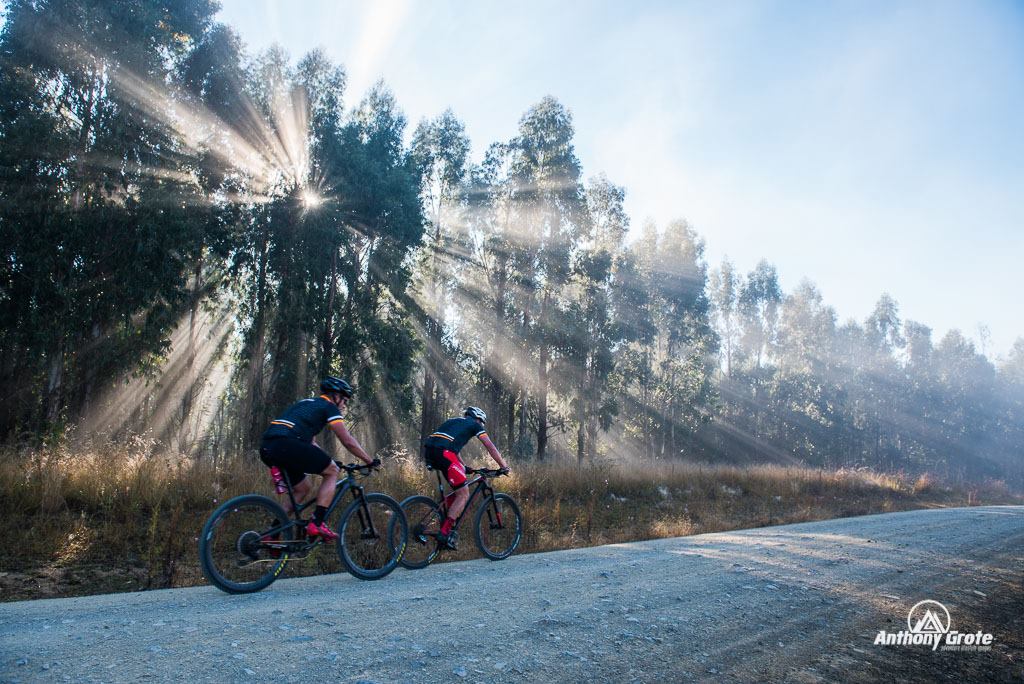
Our survey had a total of 566 responses, which from a total race entry number of 4060 is an ideal sample size for 95% confidence level and 5% margin for error. We also received a fairly even split in respondents from the three different Sani2c events – Trail, Adventure and Race.
| Event entered | 2018 | 2017 |
| Trail | 34.81% | 33.79% |
| Adventure | 37.46% | 35.16% |
| Race | 27.74% | 31.27% |
| Teams that started | Teams that finished | Teams that DNF | Solo starters | Solo finishers | Solo DNF | Total riders started | Total riders that finished | |
| Trail | 608 | 561 | 47 | 128 | 63 | 65 | 1344 | 1185 |
| Adventure | 656 | 609 | 47 | 149 | 71 | 78 | 1461 | 1289 |
| Race | 586 | 558 | 28 | 83 | 44 | 39 | 1255 | 1160 |
| TOTAL | 1850 | 1728 | 122 | 360 | 178 | 182 | 4060 | 3634 |
After a significant non-finisher percentage of 24.83% in 2017, the 2018 non-finisher percentage was a more respectable 10.50%. This is higher than the average of 8.15% taken from 2013-2016. The most obvious reason for this bounce back is that the weather was superb in 2018 as opposed to the heavy rain and cold conditions for the final day of the 2017 Adventure and the final two days of the 2017 Race. Last year 48.03% of the Race did not finish, this year that DNF portion was just 7.57%…
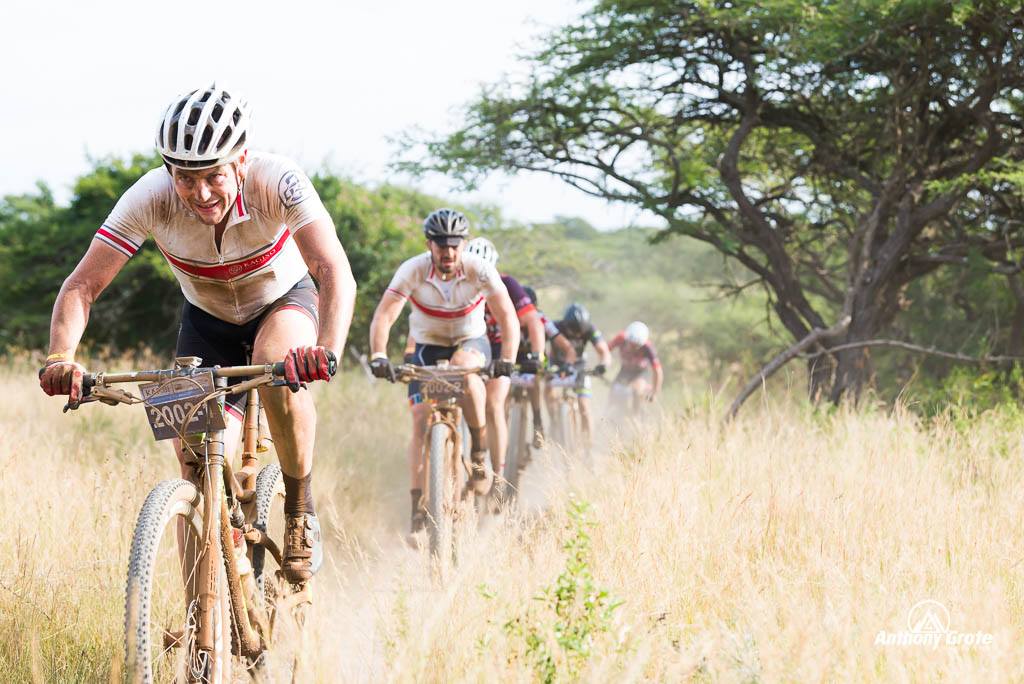
| Gender | 2018% | 2017% |
| Male | 85.16% (87%) | 85.49% (86%) |
| Female | 14.84% (13%) | 14.51% (14%) |
The first number is from our survey and the number in brackets is the number recorded by the organisers with the full entry stats.
On the actual number, the female portion dropped a percent from last year. This is one of the highest female entry portions for South African mountain bike stage races. The estimated split in SA mountain biking in general is between 20-25% and growing. For some perspective, FNB Wines2Whales female percentage is around 12% and the Absa Cape Epic is around 9.5%.
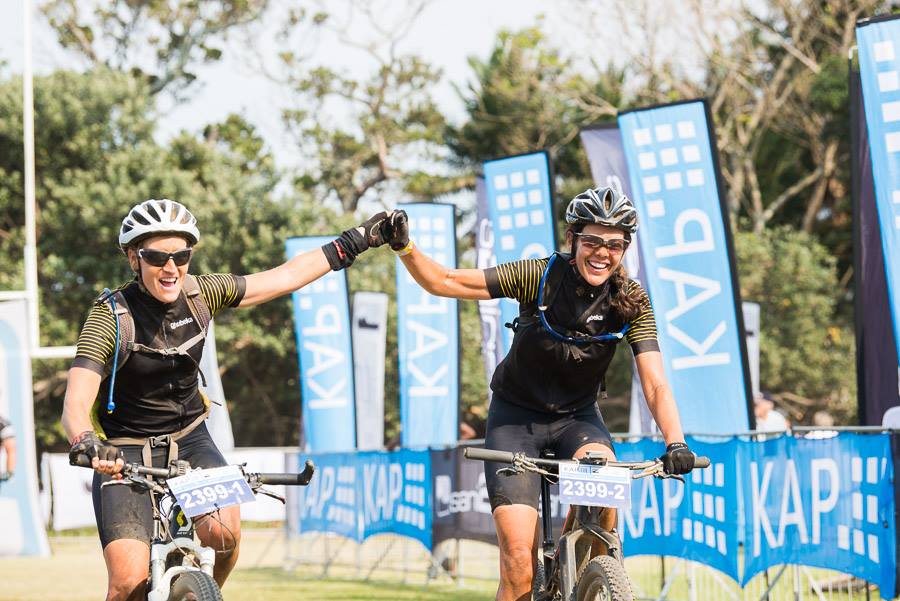
| Where do you live? | 2018% | 2017% |
| Gauteng | 53.53% (55%) | 56.92% (54%) |
| KwaZulu-Natal | 15.37% (14%) | 14.85% (14%) |
| Western Cape | 13.25% (14%) | 11.92% (16%) |
| Mpumalanga | 4.59% (4%) | 3.37% (3%) |
| Free State | 3.00% (3%) | 3.26% (3%) |
| Eastern Cape | 2.47% (2%) | 2.70% (3%) |
| Limpopo | 1.59% (1%) | 2.25% (2%) |
| North West | 2.12% (3%) | 2.02% (2%) |
| Northern Cape | 0.88% (1%) | 0.34% (1%) |
| International | 3.18 % (3%) | 2.36% (3%) |
As is now the norm, the majority of Sani2c entrants are from Gauteng. The numbers in brackets are the official percentages from the organisers. This goes some way to confirming the 95% accuracy of our survey. It’s interesting the Western Cape portion of 14% is the same as that of the host province, KwaZulu-Natal (in the official stats). Worth noting is that while it’s a three-day event, the commitment for most is five days to included travel to and from the race start/finish.
| How much training did you do for the 2017 Sani2c? | 2018% | 2017% |
| More than 6 months | 28.09% | 30.33% |
| 6 months | 13.07% | 10.82% |
| 5 months | 8.48% | 9.13% |
| 4 months | 19.79% | 15.45% |
| 3 months | 15.19% | 17.25% |
| 2 months | 8.13% | 9.92% |
| 1 month | 3.18% | 2.48% |
| Less than 1 month | 4.06% | 4.62% |
Just over a quarter trained for more than six months, which means they started their training before early November 2017.
What’s the ideal? Depends on your level of general conditioning, but if you are fairly new to mountain biking, then we reckon 5-6 months is best. If you’re a regular rider, then three months is a good preparation period.
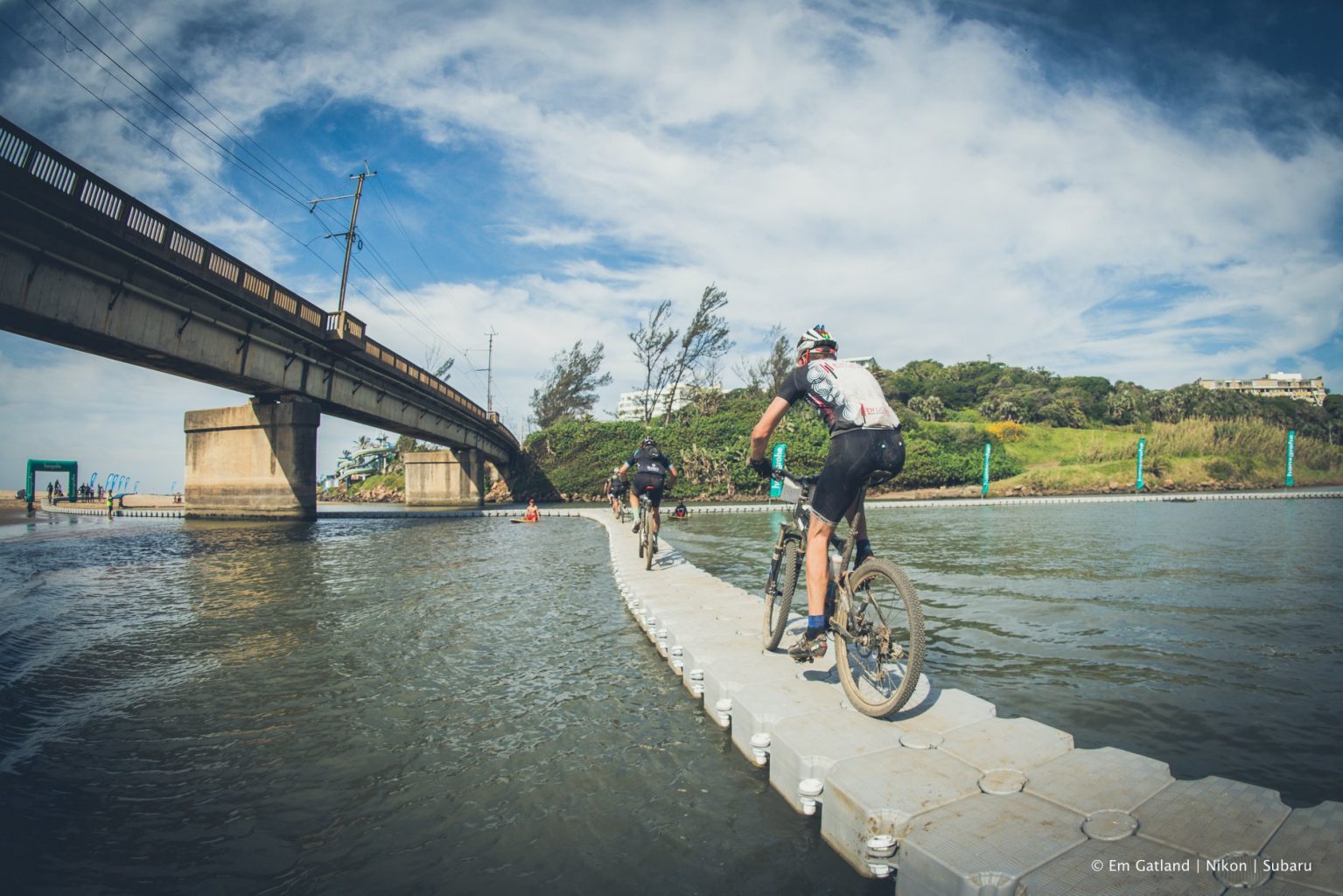
| Which applies to you during your training for 2017 Sani2c? | 2018 | 2017 |
| I trained entirely under the guidance of a professional coach | 7.77% | 5.30% |
| I did some of my training under the guidance of a professional coach | 16.96% | 14.54% |
| I just train by feel and/or experience | 53.53% | 56.60% |
| I’m always quite fit, so don’t do any structured training | 21.73% | 23.56% |
Interesting to see the trend shift in one year here. With an historical average of more than 30% of participants not finishing Stage 2, there’s undoubtedly a need for coaching. Following the guidance of a coach ensures you progress physiologically as a rider. Everyone that has basic good health and mobility has the potential to finish Stage 2 – with a smile – but this requires some real committed preparation, which is what a coach offers.
These stats show that more 2018 Sani2c entrants invested in the guidance of a coach for all or part of their event preparation than in 2017.
| How many editions of Sani2c had you done prior to 2017? | 2018 | 2017 |
| 2017 was my first | 37.46% (27%) | 39.37% (45%) |
| 1 | 20.49% (25%) | 19.01% (23%) |
| 2 | 12.01% (20%) | 12.71% (12%) |
| 3 | 6.71% (9%) | 9.56% |
| 4 | 6.89% (6%) | 4.95% |
| 5 | 4.06% (4%) | 5.17% |
| 6 | 4.77% (3%) | 2.47% |
| 7 | 1.59% (1%) | 1.46% |
| 8 | 0.53% (1%) | 2.25% |
| 9 | 2.65% (1%) | 1.80% |
| 10 | 0.88% (1%) | 0.67% |
| More than 10 | 1.59% (1%) | 0.45% |
| All of them | 0.35% (1%) | 0.11% |
According to our survey, there is still a high number of first-timers, with two and three ‘Sani’s’ under the belt also showing a high percentage. This is encouraging for the event and for mountain biking at a time when many events are showing a levelling or decline in entry numbers.
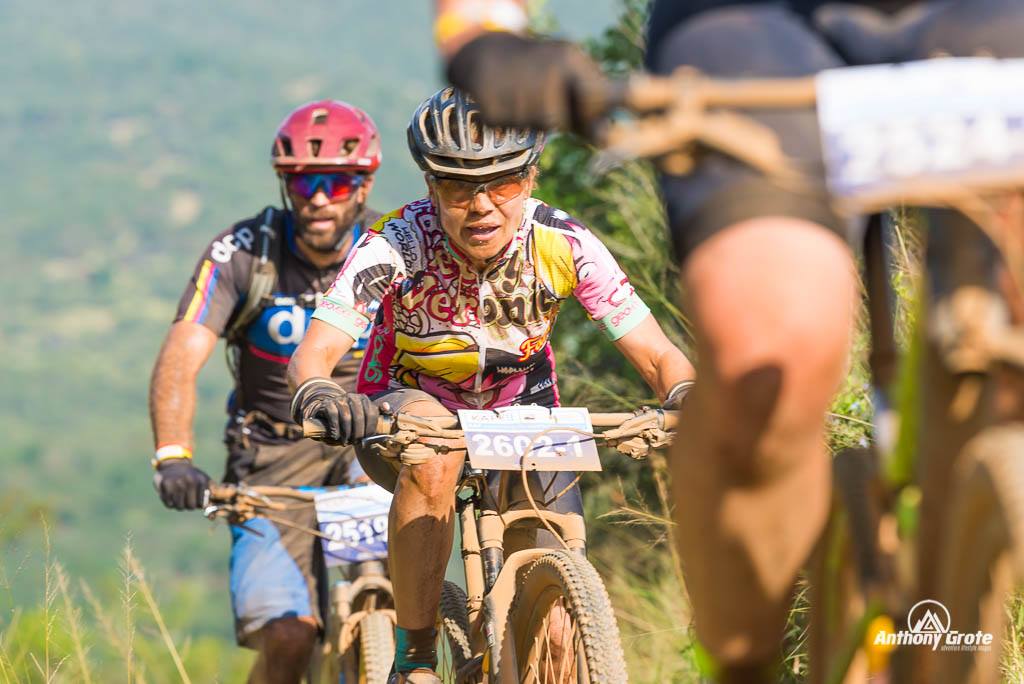
| Which of the following did you use while training for the 2017 Sani2c (you can choose more than one) | 2018 | 2017 |
| Power meter | 16.58% | 20.37% |
| Heart rate monitor | 83.97% | 80.78% |
| Standard bike computer | 21.68% | 19.56% |
| Cycling-specific GPS | 68.85% | 66.63% |
This is a tricky question because some of the more advanced cycling gadgets cover all of the above. Power remains the most accurate way to measure pedalling effort but a bike-fitted power meter can cost anything from R7000 to over R25000. A number of riders are doing weekday training sessions on power-specific bikes (Wattbike and CycleOps) or on smart indoor trainers, such as Wahoo’s Kickr.
| Until the start, how well did you know your 2017 Sani2c teammate? | 2018 | 2017 |
| Very well | 68.37% | 68.28% |
| Quite well | 14.66% | 14.45% |
| Reasonably well | 10.25% | 9.37% |
| Not too well | 4.24% | 6.09% |
| We hadn’t actually met before the start | 2.47% | 1.81% |
For many mountain bikers, a stage race is a great bonding opportunity. If you don’t know your teammate well at the start, you’ll certainly know him/her well by the finish, especially since teammates share a tent at Sani2c…
| Did you use sports supplements during your training for the 2017 Sani2c? | 2018 | 2017 |
| Yes, before during and after my rides | 24.38 | 24.58% |
| Yes, during and after my rides | 20.14% | 25.93% |
| Yes, during my rides only | 36.04% | 32.02% |
| I’m not a sports supplement user | 19.43% | 17.47% |
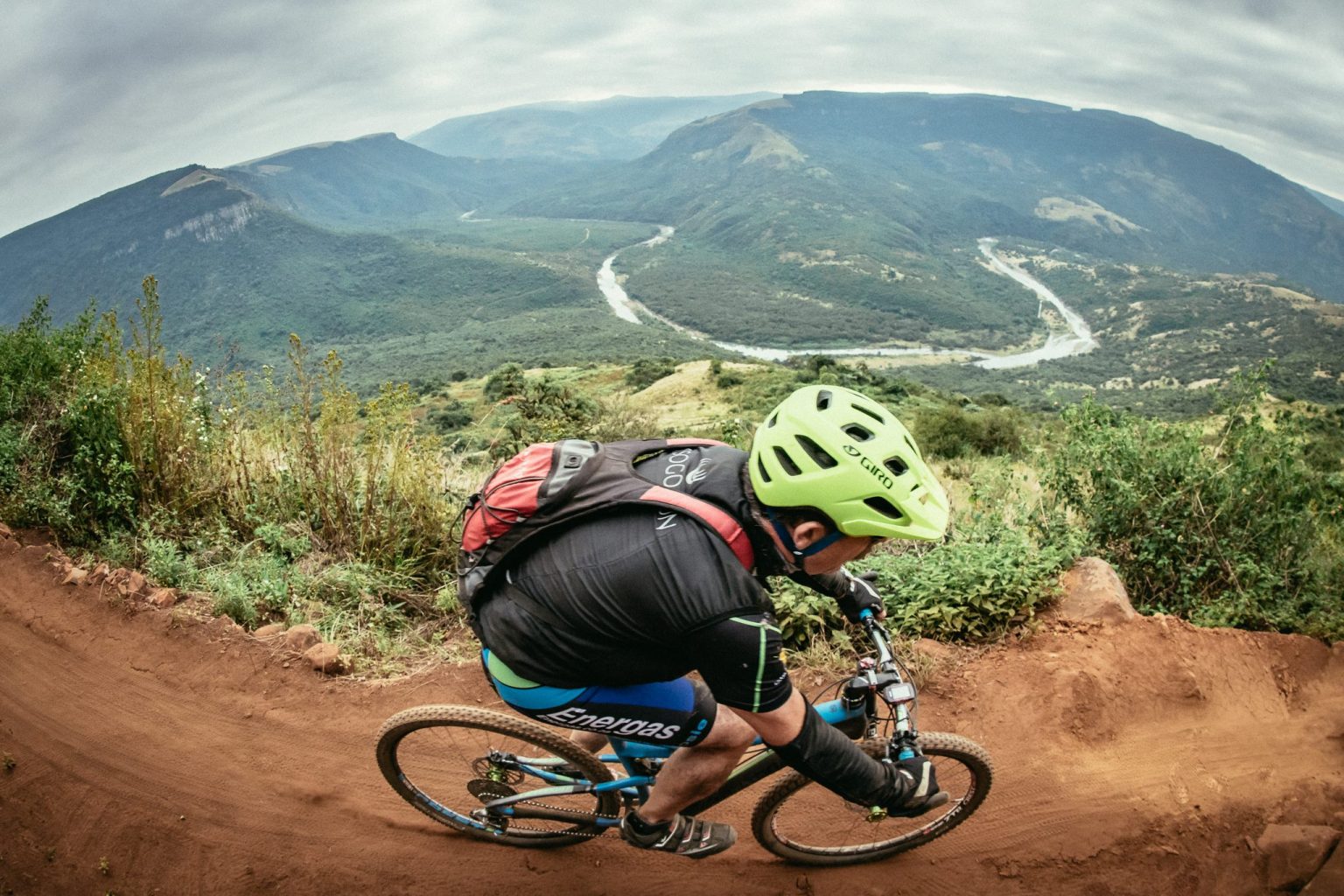
| Did you use sports supplements during the 2017 Sani2c? | 2018 | 2017 |
| Yes of course! | 50.53% | 62.33% |
| Yes, when necessary | 36.40% | 28.05% |
| No, I race and recover without supplements | 13.07% | 9.62% |
Energy and recovery: Both essential during training for and racing a stage race. Humans have only been racing mountain bikes in large numbers (i.e. recreationally) for less than 30 years. The human body isn’t quite adapted to this yet. Some are able to manage energy and recovery through a regular diet (according to our stats, more this year than last year), but the majority seek assistance from modern supplements.
| When it came to massage during Sani2c 2017, which was most applicable to you? | 2018 | 2017 |
| I had to have a post-stage massage | 27.03% | 30.33% |
| A post-stage massage was something I had if necessary | 24.56% | 26.49% |
| I didn’t have any post-stage massages | 48.41% | 43.18% |
There’s something very satisfying about a good old sports massage on sore muscles after a hard ride. There were fewer that chose this in 2018 than 2017, which could be put down to cost, as it’s a nice-to-have, not a must-have for many.
| On a scale of 1 to 10, with 10 being Super-skilled and 1 being Norman Novice, what would you score your MTB skill level at? | 2018 | 2017 |
| 1 | 0.53% | 0.23% |
| 2 | 0.18% | 0.57% |
| 3 | 4.24% | 2.50% |
| 4 | 5.83% | 5.01% |
| 5 | 12.01% | 13.54% |
| 6 | 24.38% | 20.59% |
| 7 | 31.80% | 35.95% |
| 8 | 18.20% | 17.86% |
| 9 | 1.94% | 3.30% |
| 10 | 0.88% | 0.46% |
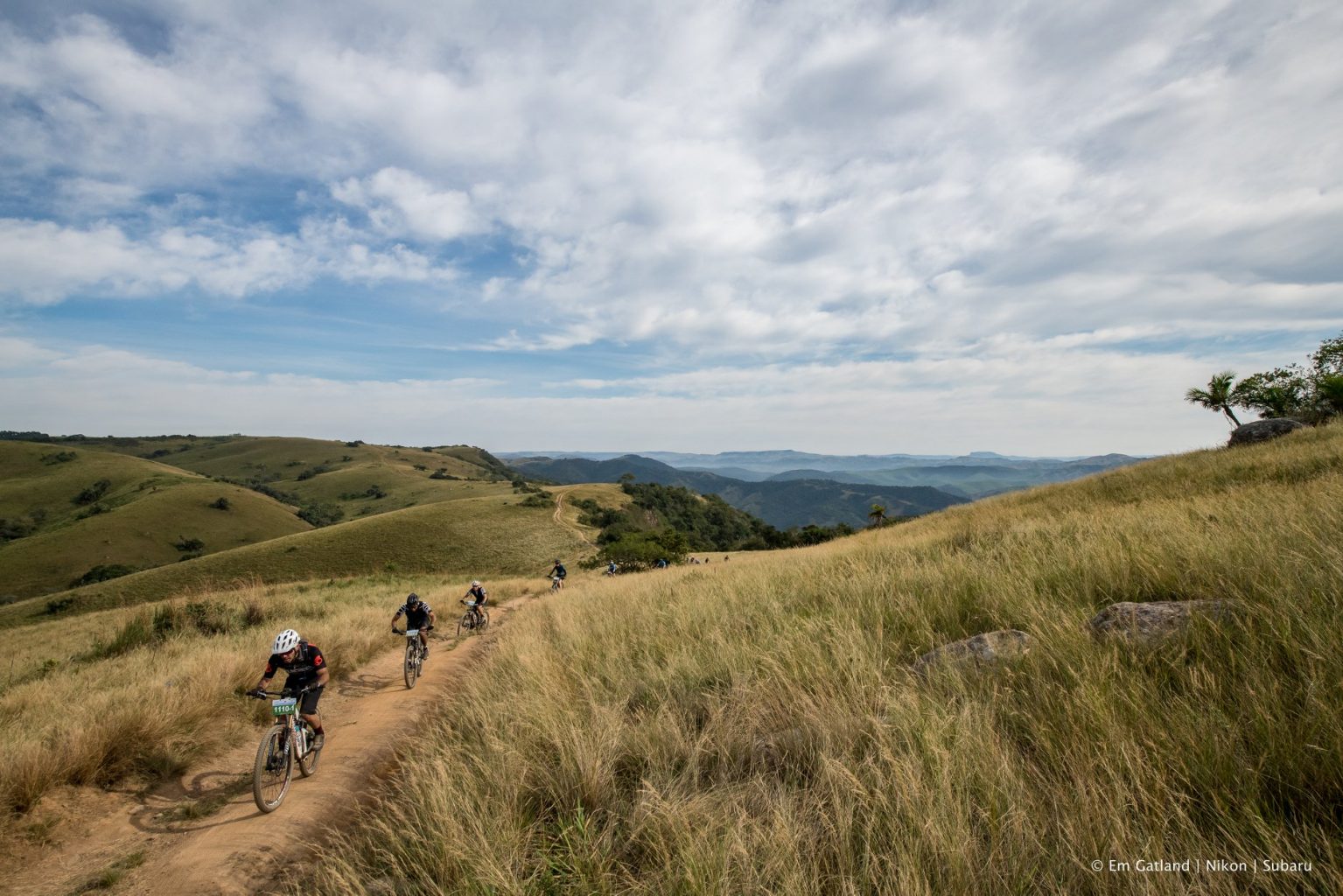 A total of 77.20% rated themselves at 6/10 or higher. Similar to the 78.16% in last year’s survey. Yes, the Sani2c route lacks any significant technical challenges, but that stat remains uncomfortably high. If we were to rate the winning pro’s in The Race, Team NAD’s Matt Beers and Nico Bell, out of 10, we’d give them a 7 (we’re certain they’d agree).
A total of 77.20% rated themselves at 6/10 or higher. Similar to the 78.16% in last year’s survey. Yes, the Sani2c route lacks any significant technical challenges, but that stat remains uncomfortably high. If we were to rate the winning pro’s in The Race, Team NAD’s Matt Beers and Nico Bell, out of 10, we’d give them a 7 (we’re certain they’d agree).
| Regarding your MTB skills preparation for the 2017 Sani2c, which is most applicable | 2018 | 2017 |
| I have done a few skills clinics | 6.71% | 12.47% |
| I have done one skills clinic | 8.48% | 15.99% |
| I haven’t done a skills clinic, but probably should | 32.16% | 16.55% |
| I’m quite skilled already | 52.65% | 54.99% |
More than half feel they’re at a level of skill that doesn’t require improvement. Interesting…
| How many years have you been mountain biking? | 2018 | 2017 |
| A year or less | 4.06% | 5.52% |
| 2 years | 7.24% | 6.43% |
| 3 years | 10.07% | 8.57% |
| 4 years | 13.96% | 13.64% |
| 5-9 years | 32.86% | 36.98% |
| 10-14 years | 17.31% | 16.80% |
| 15-20 years | 7.60% | 6.88% |
| More than 20 years | 6.89% | 5.19% |
Quite a lot of mountain biking experience at the 2018 Sani2c – one indication of a quality event with a stimulating route.
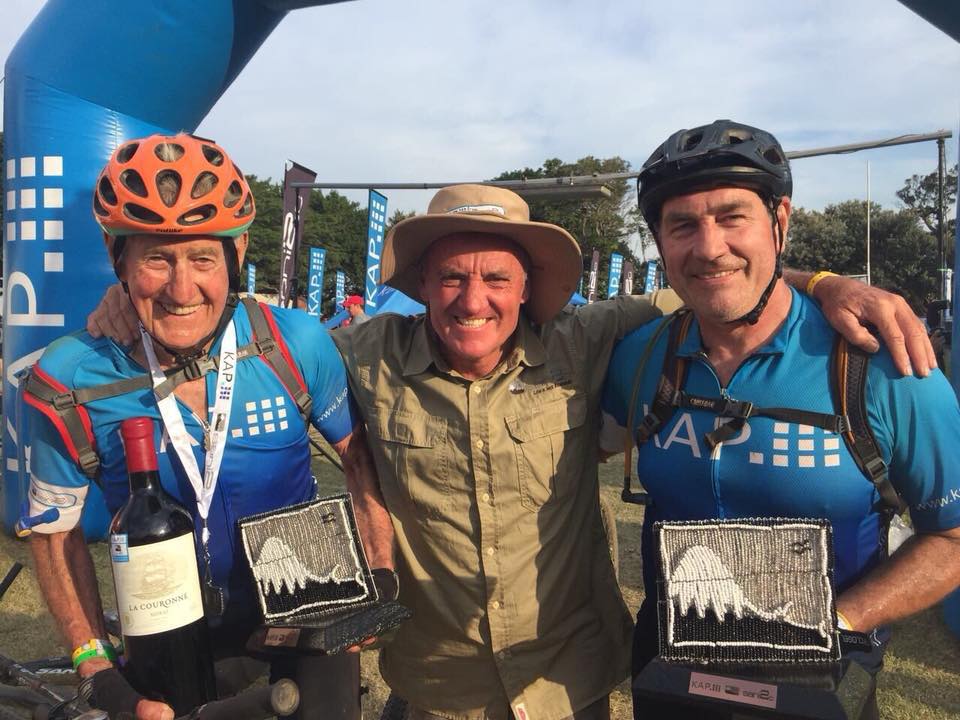
| Average age | Average height | Average weight | |
| Male | 45.62 years | 180.83cm | 85.35kg |
| Female | 43.69 years | 167.83cm | 63.97kg |
Keen to enter the 2019 KAP Sani2c? There are still some team slots available. Head here to find out more and secure your entry: https://sani2c.co.za


